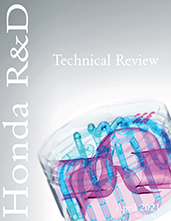Training / Education
EIC System-integrated Thermal Management Technologies
This course is offered in China only and presented in Mandarin Chinese. The course materials are bilingual (English and Chinese). Energy conservation and emission reduction has always been a goal for many countries. Especially since the introduction of China VI Vehicle Emission Standards and CAFC & NEV Credit Regulation, the output of NEVs has grown explosively while accompanied by a large number of car fire burning problems and complaints about the shortening of proclaimed electric-only driving range.


